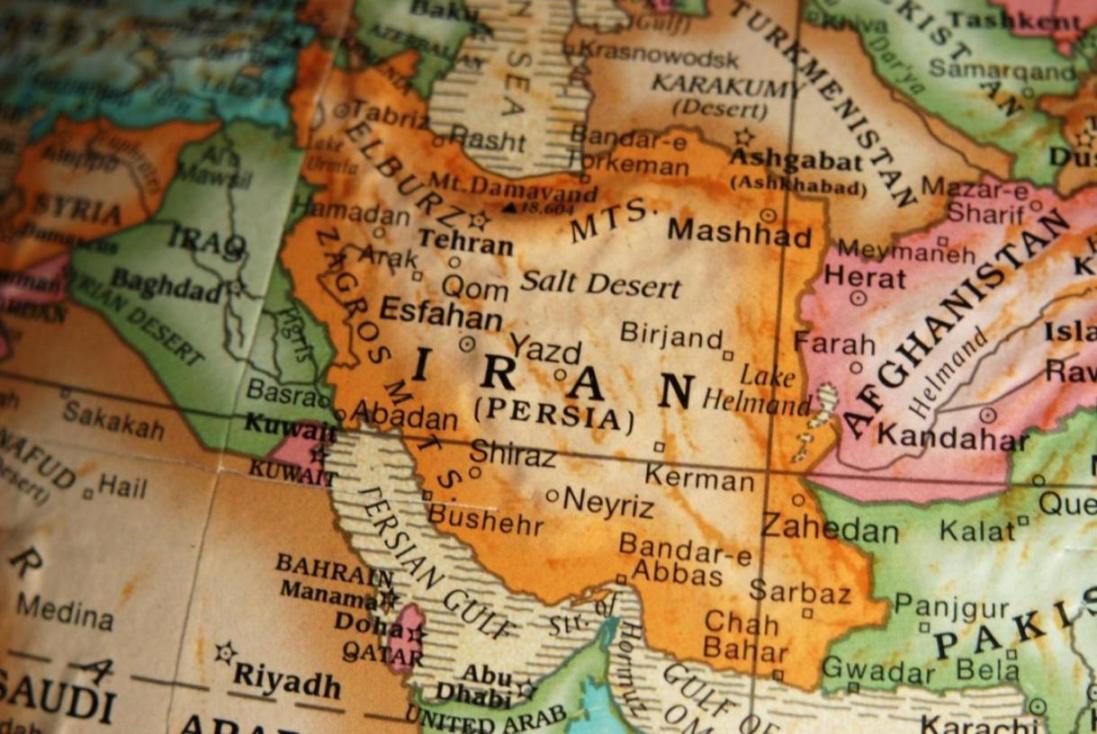The official adoption of the Iran nuclear deal later this month will lead to the lifting of sanctions that will open opportunities in a country with a $500 billion economy that has been locked out of the global financial system for years.
The reintegration of Iran into the world economy and financial markets is coming closer, as anticipation builds about Adoption Day when the first batch of EU and US sanctions will be lifted, wrote London-based daily news magazine Emerging Markets in its website.
“That will definitely happen,” said Ali Akbar Ahsan, partner at Magellan Capital, a frontier markets investment firm. “Everyone has worked too long and too hard for it not to happen.”
When the International Atomic Energy Agency, headed by Yukiya Amano, gives the green light in the first half of 2016, much of the EU and extraterritorial US sanctions will cease to apply.
Already, high-level trade delegations from Germany and France have visited Iran, and UK Finance Secretary George Osborne has said he wants to lead a large group next year.
Osborne met with his Iranian counterpart Hossein Samsami on the sidelines of the IMF meetings in Lima.
“I think we do need to start that conversation about the economic ties between our two countries,” he said.
According to Alisher Ali, CEO of investment firm Silk Road Finance, Iran boasts a $500 billion GDP, 80 million people, a stock market with over $90 billion market cap and 500 companies listed.
“This is a big opportunity for Iran to become the biggest frontier market globally—bigger than Nigeria, Argentina and Vietnam.”
Financial Obstacles
Ahsan believes that because Iranian banks will still be excluded from the US dollar clearing system, “reintegrating them into the global financial sector is going to take a long time, and until that happens, it will be pretty difficult to do anything—trade finance, transfers of capital, joint ventures.”
Others are more optimistic that non-US banks will reengage with an economy bigger than the UAE’s.
Daniel Martin, partner at law firm Holman Fenwick Willan in London, said once the sanctions are lifted, dealing with Iran will no longer put international banks at risk of huge US fines or the loss of their US business, provided the transactions stay outside the dollar clearing system.
“The usual EM suspects, HSBC, Standard Chartered, Deutsche Bank, are not going to rush to deal with Iran,” said Ahsan. “Second tier banks from South Korea, China, Turkey, or perhaps some of the German Landesbanks, are more likely to go first.”
The most important step will be reconnecting Iran to the Swift network for international payments, expected to take a couple of months after the IAEA all-clear.
Reza Soltanzadeh, CEO of the Iran Industries Investment Company, one of the country’s largest asset managers, said international banks have had corresponding relationships with the larger Iranian banks for decades.
“The sanctions have only been there since 2012. So I don’t think it will take long to restore them,” he said.
First-Ever True Bond Issue in Rial
A landmark in the domestic debt capital markets took place on September 30 when Iran’s first-ever true bond issue in rial, an Islamic government treasury bill, was launched.
A form of a debt market has long existed in Iran, but not like local currency markets elsewhere. The structure is known as participation bonds, carries a fixed coupon and is not tradable. Buyers can return the paper to the bank at any time during its typically three-year duration and get their money back.
Participation bonds are underwritten and guaranteed by Iranian banks, which often issue them for specific individual projects or ministries.
“The debt market as you have it in Europe or the US did not exist in Iran until September 30 when the first Islamic treasury bills came to the market,” said Amir Mehran, advisor to the president at Bank Pasargad, one of Tehran’s strongest banks.
“We believe this market is going to develop in time, and that we are going to see more sovereign and corporate bonds coming to the market. Eventually we believe there will be a secondary market for the bonds, with a daily value going up and down depending on economic circumstances.”
Both the central bank and the National Iranian Oil Company are believed to be planning bond issues, which would have to be in euros and handled by European banks.
“The introduction of conventional debt market products for the Iranian state and corporations could have a big impact on the Iranian economy and the financial sector in particular,” said Ramin Rabii, founder of Turquoise Partners, a financial services group in Tehran.
“Backed up by the oil and gas reserves, the issuing of sovereign guaranteed bonds will enable the government to pay its debts and improve the balance sheet of the banking sector without relying on frozen assets abroad.” Turquoise estimates that at present, traditional banking facilities account for 80% of funding in Iran, with capital markets undeveloped.


